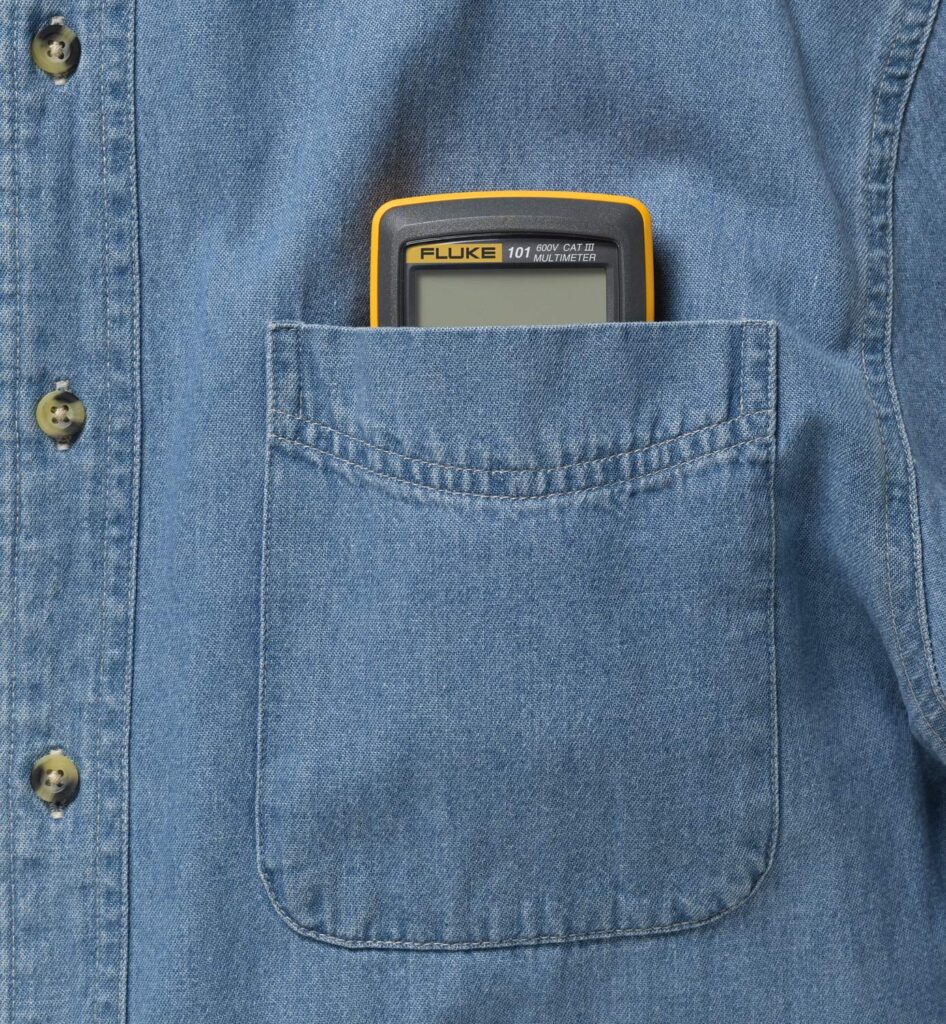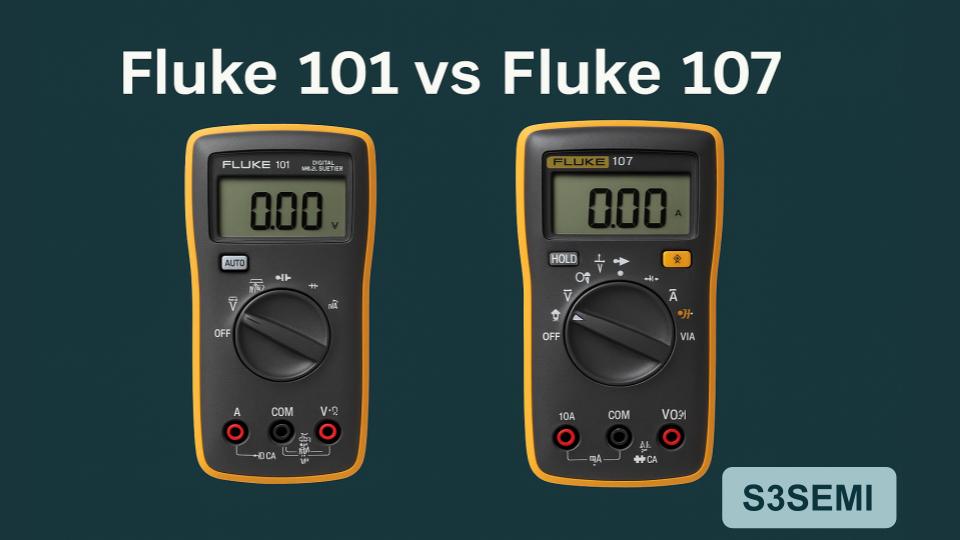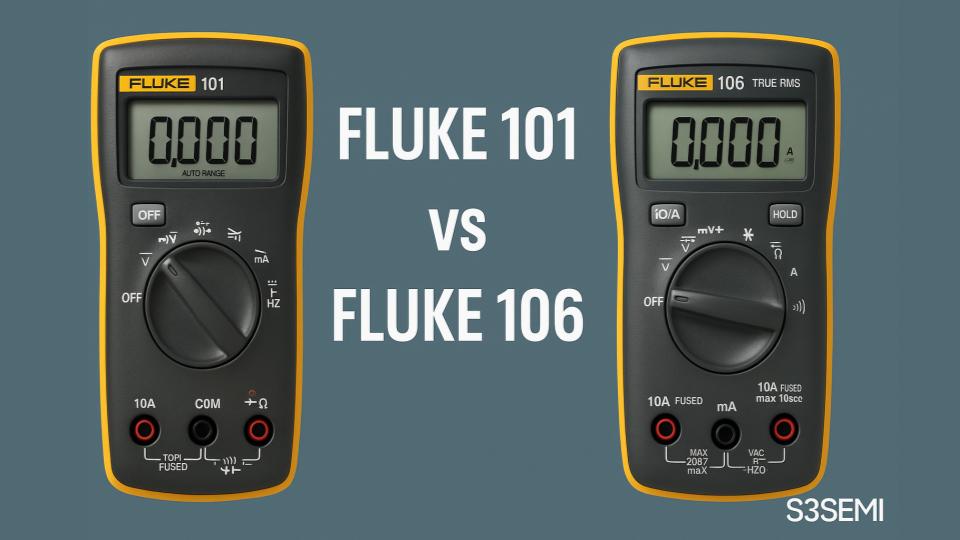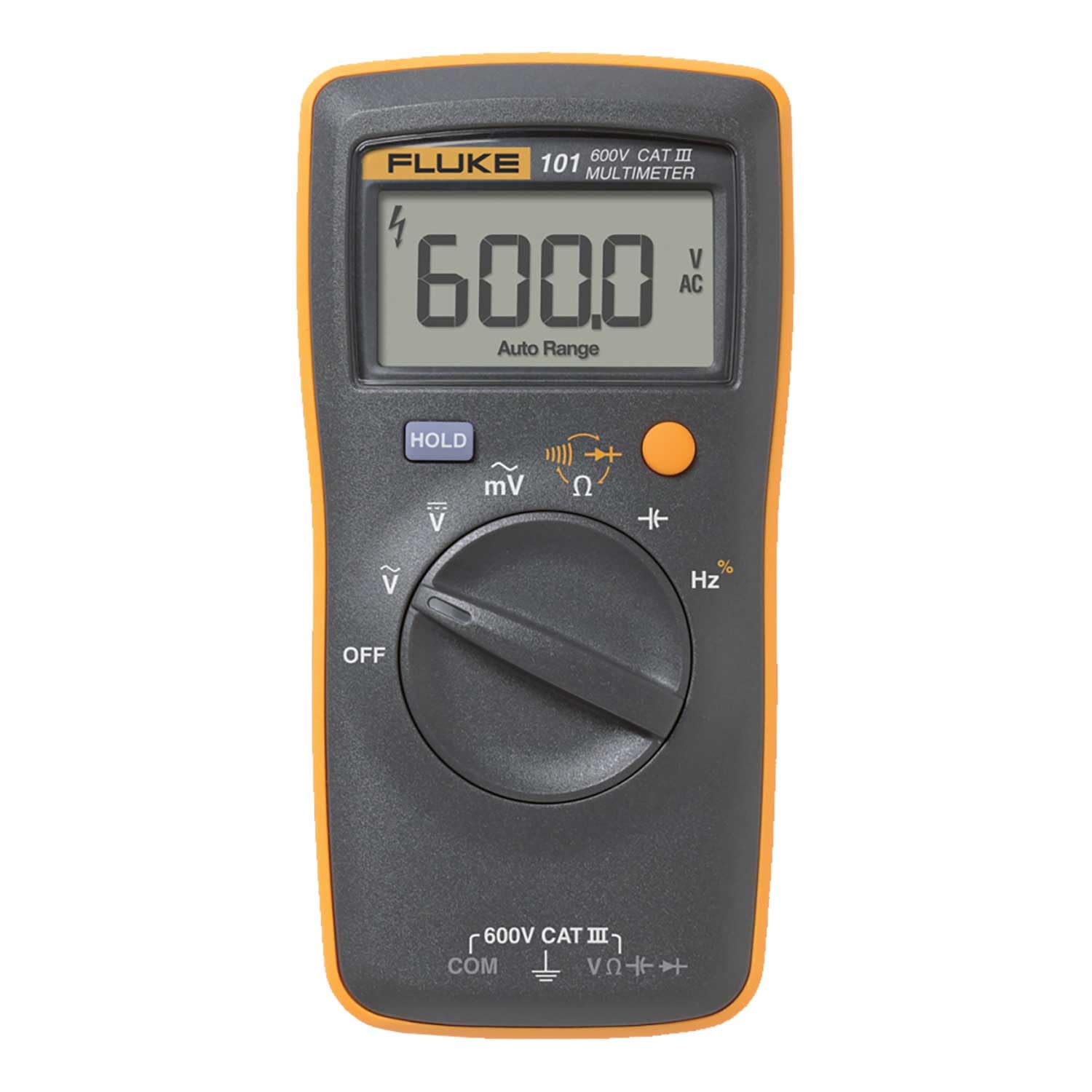The Fluke 101 and Fluke 106 are two of the most widely recommended entry-level multimeters from Fluke. Both are compact, durable, and highly accurate, but they’re designed for different types of users. This guide helps you choose the right one.
🏷️ Fluke Multimeter on Amazon ⭐⭐⭐⭐
Comparison Table
| Feature | Fluke 101 | Fluke 106 |
|---|---|---|
| Measures AC/DC Voltage | Yes | Yes |
| Measures AC/DC Current | No | Yes, up to 10A |
| Backlit Display | No | Yes |
| Continuity & Diode Test | Yes | Yes |
| Capacitance | Yes | Yes |
| Size | 130 × 65 × 27 mm | 142 × 69 × 28 mm |
| Weight | 160 g | 200 g |
| Safety Rating | CAT III 600V | CAT III 600V |
| Magnetic Strap | No | Yes |
| Typical Use | Home, light troubleshooting | Automotive, HVAC, field techs |
| 💳 Pricing | Check Price | Check Price |
Fluke 101
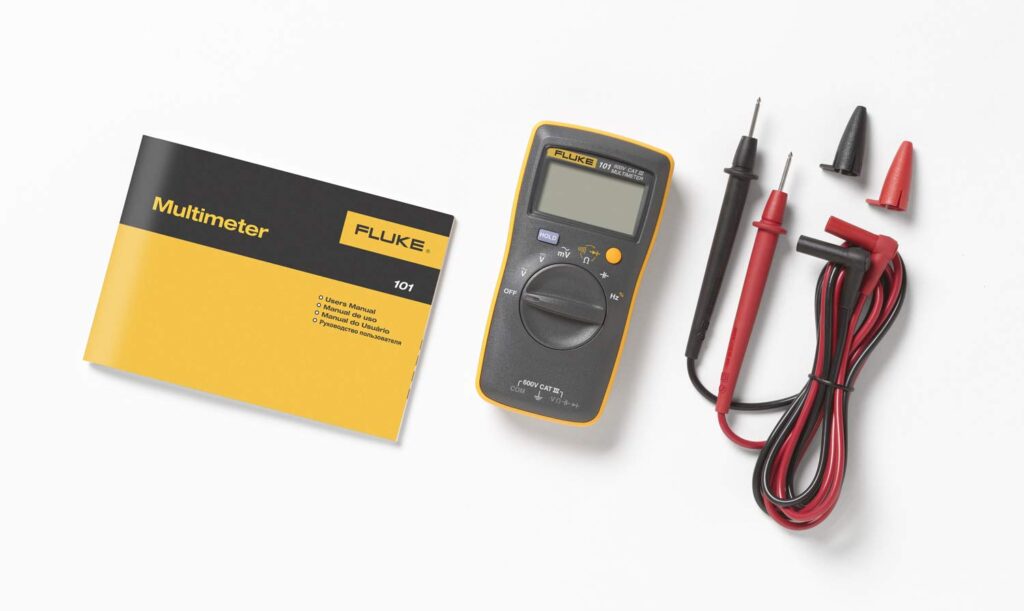
👉 Check Today’s Deal on Amazon
Pros
- Extremely compact and lightweight
- Reliable Fluke accuracy
- Excellent value
- Great for quick voltage, resistance, and continuity checks
- Very long battery life
Cons
- Cannot measure current
- No backlight
- Limited functionality compared to the 106
Fluke 106
👉 Check Today’s Deal on Amazon
Pros
- Measures AC/DC current up to 10A
- Backlit display for low-light environments
- Includes magnetic strap for hands-free work
- More versatile for automotive, HVAC, and field tasks
- Still compact and easy to carry
Cons
- Slightly larger and heavier
- Costs more than the 101
- Not a full professional-grade meter like higher-end Fluke models
Which One Should You Choose?
Choose the Fluke 101 if you want:
- The simplest, most affordable Fluke
- A compact everyday meter for home or hobby use
- Reliable readings without extra features
Choose the Fluke 106 if you want:
- The ability to measure current (up to 10A)
- A backlight for dark work environments
- A magnetic strap for hands-free operation
- More capability for automotive, HVAC, and field service
